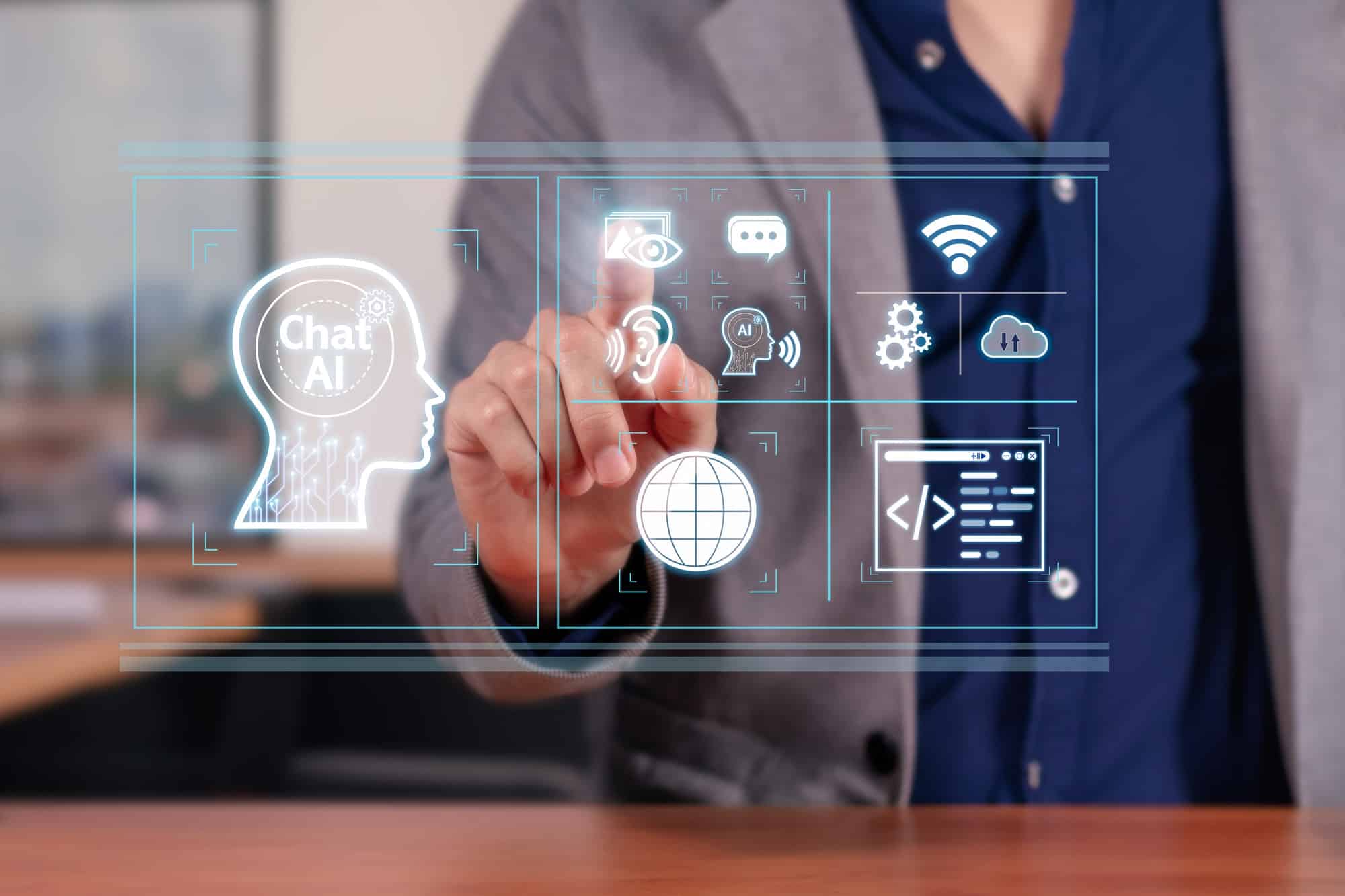
5 technologies integrated into bots that you absolutely must know
Technological advances such as artificial intelligence (AI) are radically transforming business models. Among these developments, the use of bots, or conversational agents, is generating particular enthusiasm in various industrial sectors. This technology integrates a multitude of cutting-edge technologies, it offers ever more sophisticated capabilities and extends its scope of application to numerous areas. Let's discover together 5 key technologies that make bots essential tools for businesses and individuals.
1. Artificial Intelligence (AI)
AI forms the foundation of bots, allowing them to learn, understand and respond to natural language. Using complex algorithms, bots can process unstructured information, analyze conversations and generate relevant, contextual responses. Machine learning and natural language processing (NLP) play an important role in continuously improving the linguistic capabilities of bots.
A voir aussi : The benefits of chatbots for businesses
Machine learning allows bots to learn from massive data, identifying patterns and relationships between information. By analyzing past conversations, user queries, and other data sources, bots refine their language models and continually improve their ability to understand and respond to user queries.
NER allows bots to identify and classify specific entities in text, such as names of people, places, organizations, or dates. This technology is essential for extracting relevant information from conversations and providing contextual responses. You can get more details at https://botnation.ai/en/.
A découvrir également : How to find the best image generation apps or AI?
2. Machine Learning (ML)
Machine learning allows bots to learn and adapt from data. By analyzing large volumes of data, bots can identify patterns, make predictions and make informed decisions. This continuous learning capability allows bots to adapt to changes in context and provide an ever more personalized user experience.
Unsupervised learning algorithms allow bots to discover hidden structures and patterns in unlabeled data. By analyzing large volumes of raw data, bots can identify clusters, anomalies and trends, allowing them to better understand the environment and adapt their actions accordingly.
3. Natural Language Processing (NLP)
NLP allows bots to understand and process human language. By analyzing the syntax, semantics, and context of sentences, bots can extract information, answer questions, and generate fluent, coherent natural language. NLP is essential for effective communication between users and bots, ensuring an intuitive and user-friendly experience.
Syntactic analysis allows bots to understand the structure of sentences, by identifying the different constituent elements (subject, verb, object complement, etc.). This step is essential for extracting key information and understanding the overall meaning of the sentence.
As for semantic analysis, it allows bots to determine the meaning of words and expressions based on context. This involves taking into account the proper meaning of words, the semantic relationships between them and the connotations associated with their use.
4. Voice recognition
Speech recognition allows bots to interact with users through voice. By converting spoken language into text, bots can be controlled by voice commands. This makes their use more accessible and practical. Speech recognition opens the way to new applications for bots, such as voice assistants and phone chatbots.
Bots do this by capturing the user's voice signal, whether through a device's built-in microphone or an external microphone. The quality of the audio signal is essential for accurate recognition. The speech signal is then processed to eliminate background noise, normalize volume and segment the audio stream into discrete units (phonemes or words).
For each discrete unit, acoustic features are extracted, representing the physical properties of sound. These characteristics serve as the basis for recognizing phonemes or words.
5. Computer vision
Computer vision allows bots to perceive and interpret the visual world. By analyzing images and videos, bots can identify objects, recognize faces and understand complex scenes. This technology paves the way for innovative applications, such as intelligent robots, video-based chatbots and image recognition systems.
The first step to do this is to acquire visual data, whether via a camera built into a device or an external camera. The quality of images or videos facilitates clearer analysis.
The images or videos are then pre-processed to improve quality and prepare the data for analysis. This may involve lighting correction, noise reduction and image segmentation.
Visual features, such as colors, shapes, textures and edges, are extracted from images or videos. These features serve as the basis for object recognition, scene detection, and interpretation of visual content.
Conclusion
By integrating these cutting-edge technologies, bots become powerful and versatile tools capable of transforming our contact and our vision with technology. By leveraging these capabilities, businesses and individuals have the ability to automate tasks and improve the customer experience. The future of bots looks bright, with continued technological advancements and growing adoption across all industries.
